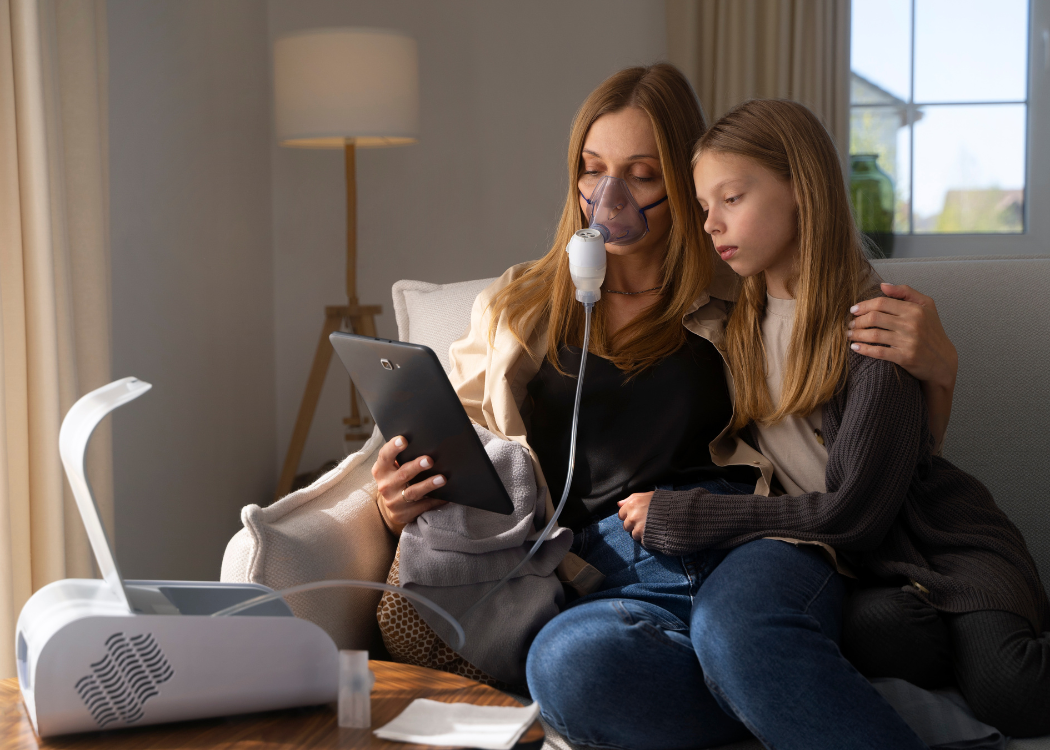CPAP (Continuous Positive Airway Pressure) rainout, also known as condensation in CPAP tubing, occurs when the warm, moist air from your breath cools as it travels through the CPAP tubing, causing water droplets to form inside the tubing. Humidity reaches an unheated tube and the difference in temperature creates condensation. This can be particularly bothersome as it can lead to discomfort, noise, and even water splashing onto your face during sleep.
Here are some tips to help reduce CPAP rainout:
-
Room Temperature: Keep the room temperature where you sleep comfortably warm. This can help prevent the warm air from the CPAP machine cooling too quickly.
-
CPAP Machine Placement: Place your CPAP machine below the level of your bed. This helps prevent water from flowing back into the mask if condensation does form.
-
Insulated or Heated Tubing: Consider using insulated or heated tubing for your CPAP machine. The tubing helps to maintain the temperature of the air as it travels from the machine to the mask, reducing the likelihood of condensation.
-
Heated Humidifier: If your CPAP machine has a heated humidifier, use it. A heated humidifier can help to maintain the warmth and moisture of the air, reducing the likelihood of condensation forming in the tubing.
-
Humidity Settings: Adjust the humidity settings on your CPAP machine if possible. Sometimes, reducing the humidity level can help reduce condensation.
-
Tube Cover: Consider using a tube cover or sleeve designed to insulate the tubing and help prevent condensation.
-
Tube Positioning: Ensure that the tubing is not kinked or twisted, as this can obstruct airflow and contribute to condensation.
-
Regular Maintenance: Clean your CPAP equipment regularly according to the manufacturer's instructions. This includes cleaning and replacing the water chamber in the humidifier as needed.
-
Alternative Solutions: In some cases, using a different type of mask or adjusting the angle of the tubing may help reduce condensation.
If you continue to experience CPAP rainout despite trying these tips, consider consulting with your healthcare provider or a CPAP equipment supplier for further assistance. They may be able to offer additional solutions or adjustments to help alleviate the issue.

